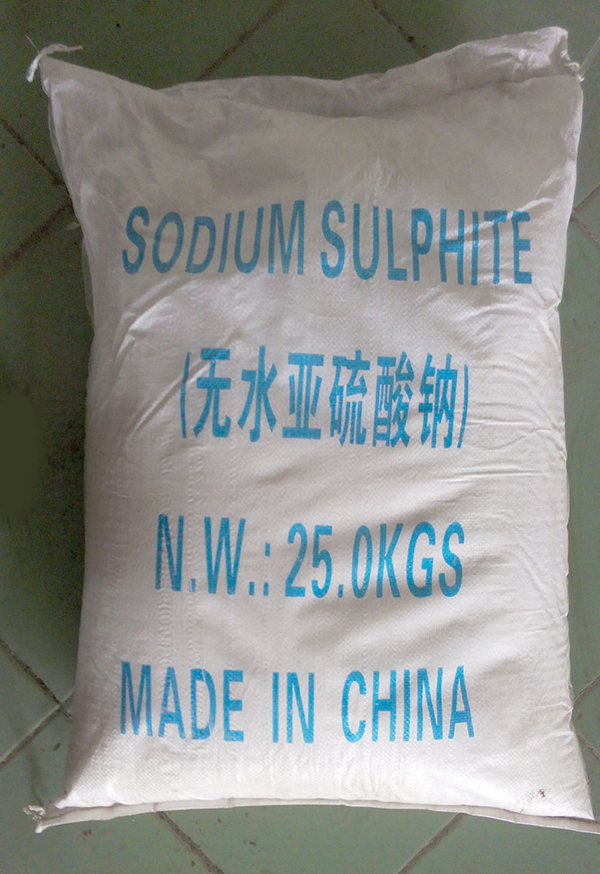How to store anhydrous sodium sulfite
Anhydrous sodium sulfite (English SODIUM chemical formula: Na2SO3) is an inorganic compound. It is a white granular powder at room temperature, with sulfur dioxide odor, stable when dry, and sensitive to moisture. Soluble in water and glycerin, insoluble in ethanol, the aqueous solution is alkaline, the aqueous solution is alkaline to litmus paper and phenolphthalein, and it produces poisonous sulfur dioxide gas with acid effect, the pH of 1% aqueous solution is 8.3~9.4, there is strong reduction Sex. It decomposes into sodium sulfide and sodium sulfate when heated, and gradually oxidizes to sodium sulfate when placed in the air. There are three shapes of anhydrous sodium sulfite, sodium heptasulfite and sodium decahydrate in nature, among which anhydrous sodium sulfite is the least susceptible to oxidation. Sodium sulfite can be prepared by passing sulfur dioxide into a sodium hydroxide solution. When sulfur dioxide is excessive, sodium bisulfite is generated. Perhaps the sulfur dioxide gas is passed into the sodium carbonate solution, and then the sodium carbonate solution is added after being full, and the heptahydrate crystal is obtained by crystallization, and the anhydrous substance is obtained by heating and dehydrating.
Anhydrous sodium sulfite can be used as a developer, a preservative for the preparation of cellulose sulfite, sodium thiosulfate, dried fruits and meat, a deoxidizer in the printing and dyeing industry, and as a reducing chemical reagent, used in chemical and experimental The production and composition of the laboratory.
Cautions for operation: Fireworks are strictly prohibited, and protective clothing such as eyes and gloves should be protected during operation: if the workplace is excessively dusty, wear self-priming filter dustproof masks and gas masks if necessary.
Precautions during storage: should be stored in a cool, dry, well-ventilated warehouse: away from fire and heat. The relative humidity in the warehouse is kept below 75%. Avoid direct sunlight. The package should be sealed, and must not be in contact with water or water vapor, and must not be mixed with oxidants or other flammable materials. When handling, it should be lightly dumped to avoid damage to the packaging and containers.

